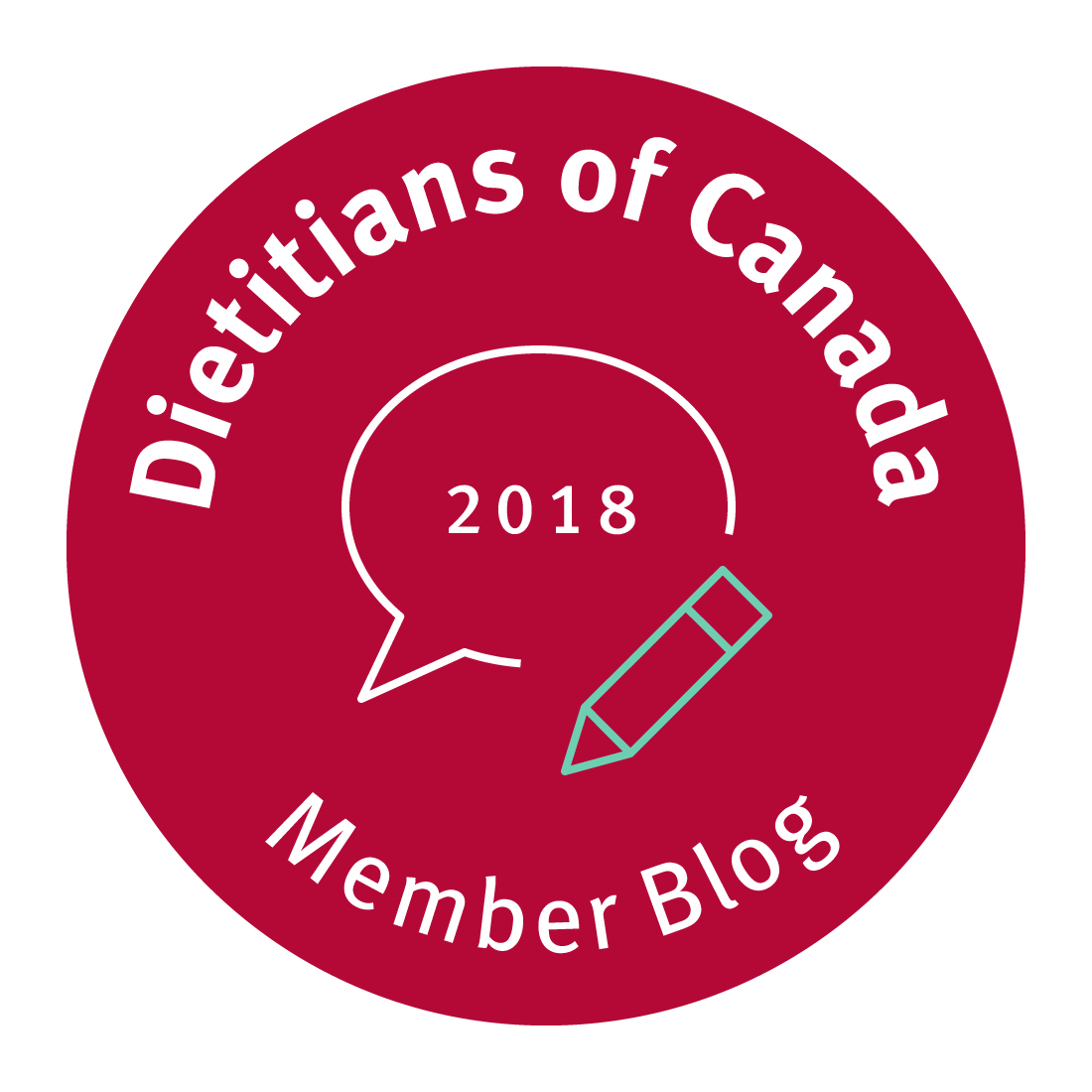Milk alternatives mimic the size and shape of milk containers, but packaging is really where the similarity ends. Find out why feeding your kids milk is the smart choice.
Teaching your child to eat well is one of the most important jobs you have as a parent. You are a role model, coach and mentor all rolled into one, and what you eat will influence what they eat too. After all—they see what you do (and eat) as normal.
While they are learning from you, chances are you are learning from friends, family, doctors and the cacophony of voices online. The trouble is, these opinions are often conflicting! As a pediatric dietitian, many of the questions I hear from clients are repeated time after time, and a recurring query I get is: “my friend told me to use almond milk instead of cow’s milk for my kids. Is it the better choice?”
I’m always glad when clients ask me before they make a decision regarding this, because it’s so easy to go down the google rabbit hole (or get caught in a mom group gab session) and follow advice that isn’t sound. As a mom of three (and pediatric registered dietitian), I stay on top of the research, so that I not only know that I’m feeding my own children the right foods and drinks to help them grow and thrive, but also that my clients and readers have the most up-to-date and credible information.
Here’s what I’ve learned about cow’s milk vs. milk alternatives:
Milk alternatives lack protein, fat and calories
 A study in the May 2017 Journal of Pediatric Gastroenterology and Nutrition looked at milk vs. milk alternatives for children. Researchers assessed the nutritional value of almond, cashew, coconut, hazelnut, hemp, oat, rice and soy beverages, and compared them to cow’s milk. The result? They found that cow’s milk has a higher protein content and overall nutritional quality, and the other beverages really vary in their nutrient profiles.
A study in the May 2017 Journal of Pediatric Gastroenterology and Nutrition looked at milk vs. milk alternatives for children. Researchers assessed the nutritional value of almond, cashew, coconut, hazelnut, hemp, oat, rice and soy beverages, and compared them to cow’s milk. The result? They found that cow’s milk has a higher protein content and overall nutritional quality, and the other beverages really vary in their nutrient profiles.
“inappropriate substitution with non-dairy milks increase the risk of nutritional deficiency.”
The researchers concluded that “cow’s milk should not be removed from the diets of young children unless there is a medical indication” (like a milk allergy) and that “inappropriate substitution with non-dairy milks increase the risk of nutritional deficiency.” So, nope—almond beverage is not a better choice than cow’s milk, especially when feeding your child.
Echoing the same advice, Dietitians of Canada and the Canadian Pediatric Society recently released a joint statement saying that children can become malnourished from milk alternatives when they contain very little protein and are very low in fat and calories.
“Cow’s milk consistently contains essential nutrients needed for good health, while milk alternatives really vary in their nutrient content.”
Here’s the thing. Cow’s milk consistently contains essential nutrients needed for good health, while milk alternatives really vary in their nutrient content. Some are low in calories, and devoid of fat and protein, making them inappropriate milk substitutes for kids, who require protein, fat and calories for proper growth and development.
As you can see from the chart below, the amount of calories, protein and fat varies widely in milk alternatives, and only soy beverage comes close to 2% milk. Nothing compares with whole milk (which is recommended for 1-2 year olds).
|
Calories (kcal) |
Protein (g) |
Fat (g) |
|
|
Whole cow’s milk |
157 | 8 | 8 |
| 2% cow’s milk | 129 | 8 | 5 |
| Original soy | 110 | 8 | 4.5 |
| Original hemp | 140 | 3 | 5 |
| Original coconut | 60 | 0 | 4 |
| Original almond | 60 | 1 | 3 |
| Original rice | 130 | 1 | 2 |
| Original cashew | 50 | 1 | 2.5 |
“those children who consumed milk alternatives (vs. regular cow’s milk) may be at a higher risk of lower vitamin D levels or not being as tall.”
Nutrient Value and Kids Health
Plant-based beverages typically have anywhere from 11-14 ingredients, including evaporated cane sugar and lecithin. This means these beverages tend to be quite highly processed. What’s more is that Canadian researchers have recently stated their concerns for the status of important nutrients in kids, like vitamin D, noting those children who consumed milk alternatives (vs. regular cow’s milk) may be at a higher risk of lower vitamin D levels or not being as tall.
In addition to lacking nutritional value, there’s another problem with milk alternatives: drinking too much can fill little tummies, making kids feel full at mealtime. This can lead to them eating less food, and not getting the nutrients they need.
You may also be wondering about cow’s milk for babies and toddlers (when it’s appropriate to introduce it and how much). Until your baby is between 9 to 12 months, they should receive either breast milk or formula as their source of nutrition. If at this point you decide to transition your child to cow’s milk, children are better off with whole cow’s milk over any milk alternative (two cups per day is what is recommended), until the age of two. This ensures they get enough nutrients for proper growth and development. After 24 months, kids can switch to lower fat cow’s milk (1%, 2% or skim). Comparatively, there’s nothing quite like it.





